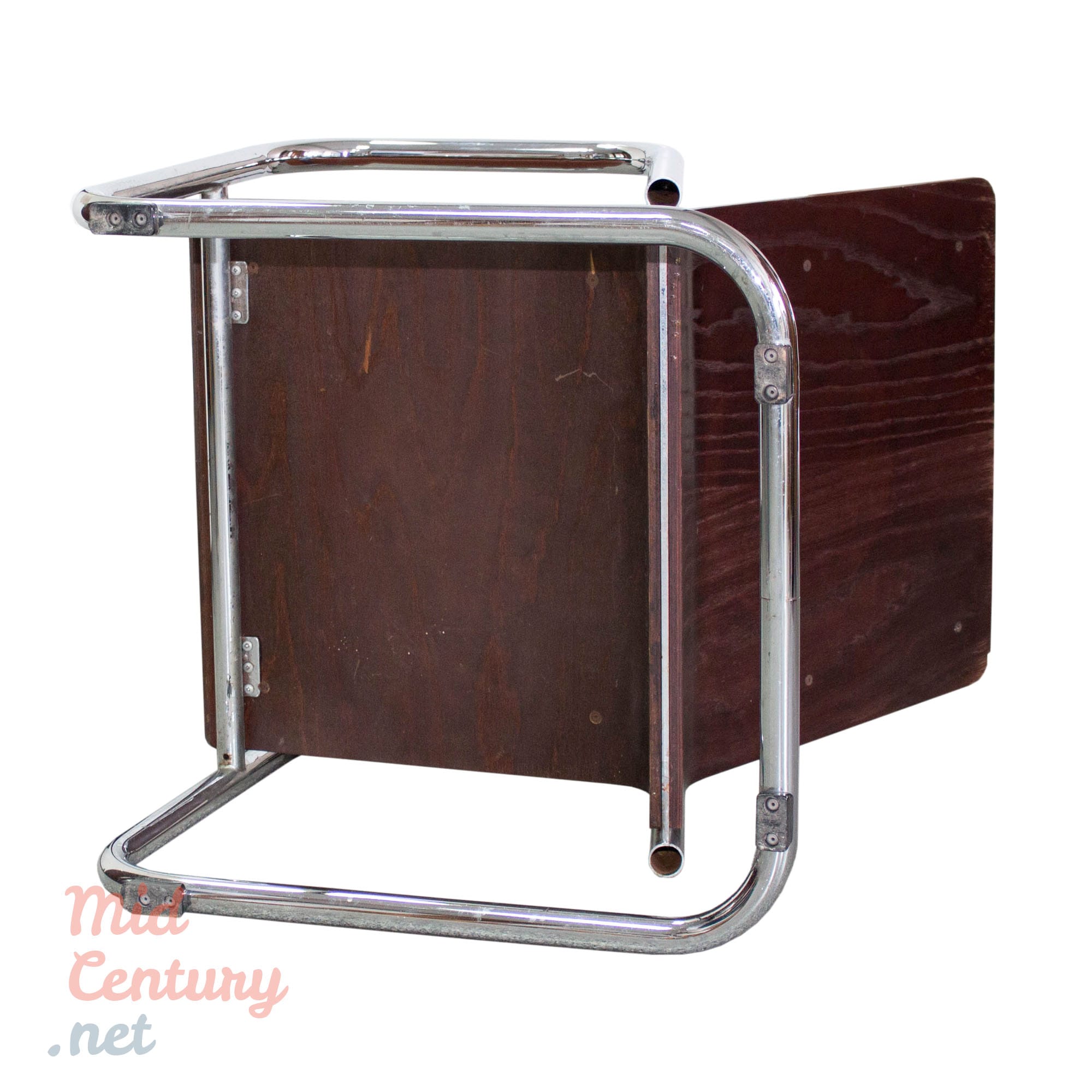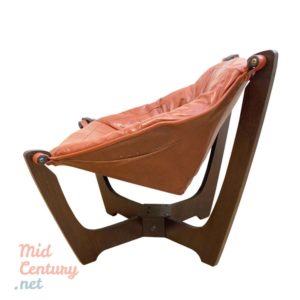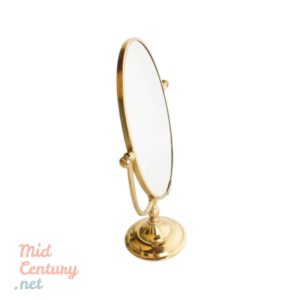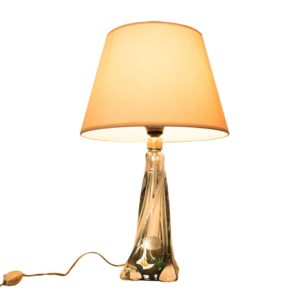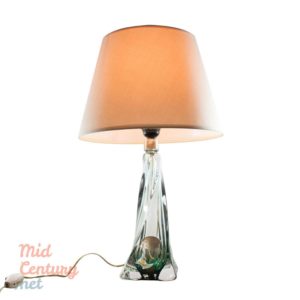- You cannot add "Danish teak coffee table made in the 1960s" to the cart because the product is out of stock.
Cantilever armchair made in the 1970s
150 €
Beautiful cantilever armchair made in France in the 1970s. With a clean, minimalistic design, the item is made of chromed tubular metal, plywood and leather. Colored in brown and orange, the piece could be a nice addition to any roon. The armchair is in very good vintage condition.
Out of stock
You may also like
-
Sold out

Norwegian Modern coffee table
Sold ItemsCoffee table made in Norway, late 60s. The counter-top is made of veneered wood; the legs are made of stainless steel with hard plastic clogs. The counter-top edges are cut inwards giving this piece a light non-intrusive look. The legs are not plain, but made of three thin rods. The minimalist shape, the dialogue between wood and stainless steel, the curved edges, the line of the counter-top, all of this make this table a leading exponent of Scandinavian Modern style. The piece is in good vintage condition (see photos).300 € -
Sold out
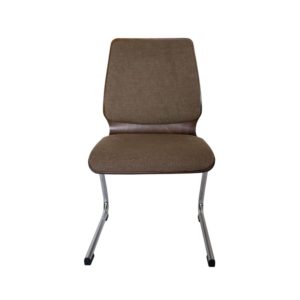
Set of 4 Wiesner-Hager chairs made in Austria in the 1970s
Sold ItemsVery well preserved set of 4 Wiesner Hager chairs made in Austria in the 1970s. Plywood with cherry wood veneer and a tubular steel cantileverd structure. They have the original fabric upholstery. The chairs have an ergonomic shape, featuring organic, curved lines, but an overall industrial design look, being that kind of furniture items that are as much about function as style. Wiesner-Hager was founded by Josef Wiesner as a carpentry business in 1849. In the year 1921 Rudolf Wiesner and Sebastian Hager took over their father’s business, which was at that time purely a carpentry and construction company. With the restructuring of part of the construction business into a furniture manufacture the two lay the cornerstone for a second branch of the business. Now, due to major changes in the working world and the enormous upheavals in the office and properties branch, the furniture offering has been expanded since the noughties to include the services of office consulting and interior design: Concept orientation has become a key success factor. With an export quota of 50% Wiesner-Hager is currently one of the most renowned companies in the furniture branch in Europe.320 €
Additional information
| Design Period | 1970-1979 |
|---|---|
| Country of Origin | |
| Material(s) | |
| Color(s) | |
| Weight | Standard weight (between 10 and 15 kg) |
| Dimensions | External dimensions: 75 x 58 x 55 cm (H x W x D), Seat dimensions: 43 x 52 x 43 (H x W x D) |
| Duties Notice | If your delivery address is not in the European Union, Iceland, Liechtenstein, Norway, or Switzerland, please be advised that import duty is not included in the prices you see online |
Product Enquiry
About Mid-Century
A cantilever is a rigid structural element, such as a beam or a plate, anchored at only one end to a (usually vertical) support from which it is protruding; this could also be a perpendicular connection to a flat vertical surface such as a wall. Cantilevers can also be constructed with trusses or slabs. When subjected to a structural load, the cantilever carries the load to the support where it is forced against by a moment and shear stress.[1]
construction allows for overhanging structures without external bracing, in contrast to constructions supported at both ends with loads applied between the supports, such as a simply supported beam found in a post and lintel system.
widely found in construction, notably in cantilever bridges and balconies (see corbel). In cantilever bridges the cantilevers are usually built as pairs, with each cantilever used to support one end of a central section. The Forth Bridge in Scotland is an example of a cantilever truss bridge. A cantilever in a traditionally timber framed building is called a jetty or forebay. In the southern United States a historic barn type is the cantilever barn of log construction.
Temporary are often used in construction. The partially constructed structure creates a , but the completed structure does not act as a cantilever. This is very helpful when temporary supports, or falsework, cannot be used to support the structure while it is being built (e.g., over a busy roadway or river, or in a deep valley). So some truss arch bridges (see Navajo Bridge) are built from each side as cantilevers until the spans reach each other and are then jacked apart to stress them in compression before final joining. Nearly all cable-stayed bridges are built using cantilevers as this is one of their chief advantages. Many box girder bridges are built segmentally, or in short pieces. This type of construction lends itself well to balanced cantilever construction where the bridge is built in both directions from a single support.
These structures are highly based on torque and rotational equilibrium.
In an architectural application, Frank Lloyd Wright’s Fallingwater used cantilevers to project large balconies. The East Stand at Elland Road Stadium in Leeds was, when completed, the largest cantilever stand in the world[3] holding 17,000 spectators. The roof built over the stands at Old Trafford Football Ground uses a cantilever so that no supports will block views of the field. The old, now demolished Miami Stadium had a similar roof over the spectator area. The largest cantilevered roof in Europe is located at St James’ Park in Newcastle-Upon-Tyne, the home stadium of Newcastle United F.C.[4][5]
Less obvious examples of cantilevers are free-standing (vertical) radio towers without guy-wires, and chimneys, which resist being blown over by the wind through cantilever action at their base.
t was also desirable to build a monoplane aircraft, as the airflow around one wing negatively affects the other in a biplane’s airframe design. Early monoplanes used either struts (as do some current light aircraft), or cables like the 1909 Bleriot XI (as do some modern homebuilt aircraft). The advantage of using struts or cables is a reduction in weight for a given strength, but with the penalty of additional drag. This reduces maximum speed, and increases fuel consumption.
A British Hawker Hurricane from World War II with wings
Hugo Junkers endeavored to eliminate virtually all major external bracing members, only a dozen years after the Wright Brothers’ initial flights, to decrease airframe drag in flight, with the result being the Junkers J 1 pioneering all-metal monoplane of late 1915, designed from the start with all-metal cantilever wing panels. About a year after the initial success of the Junkers J 1, Reinhold Platz of Fokker also achieved success with a cantilever-winged sesquiplane built instead with wooden materials, the Fokker V.1.





